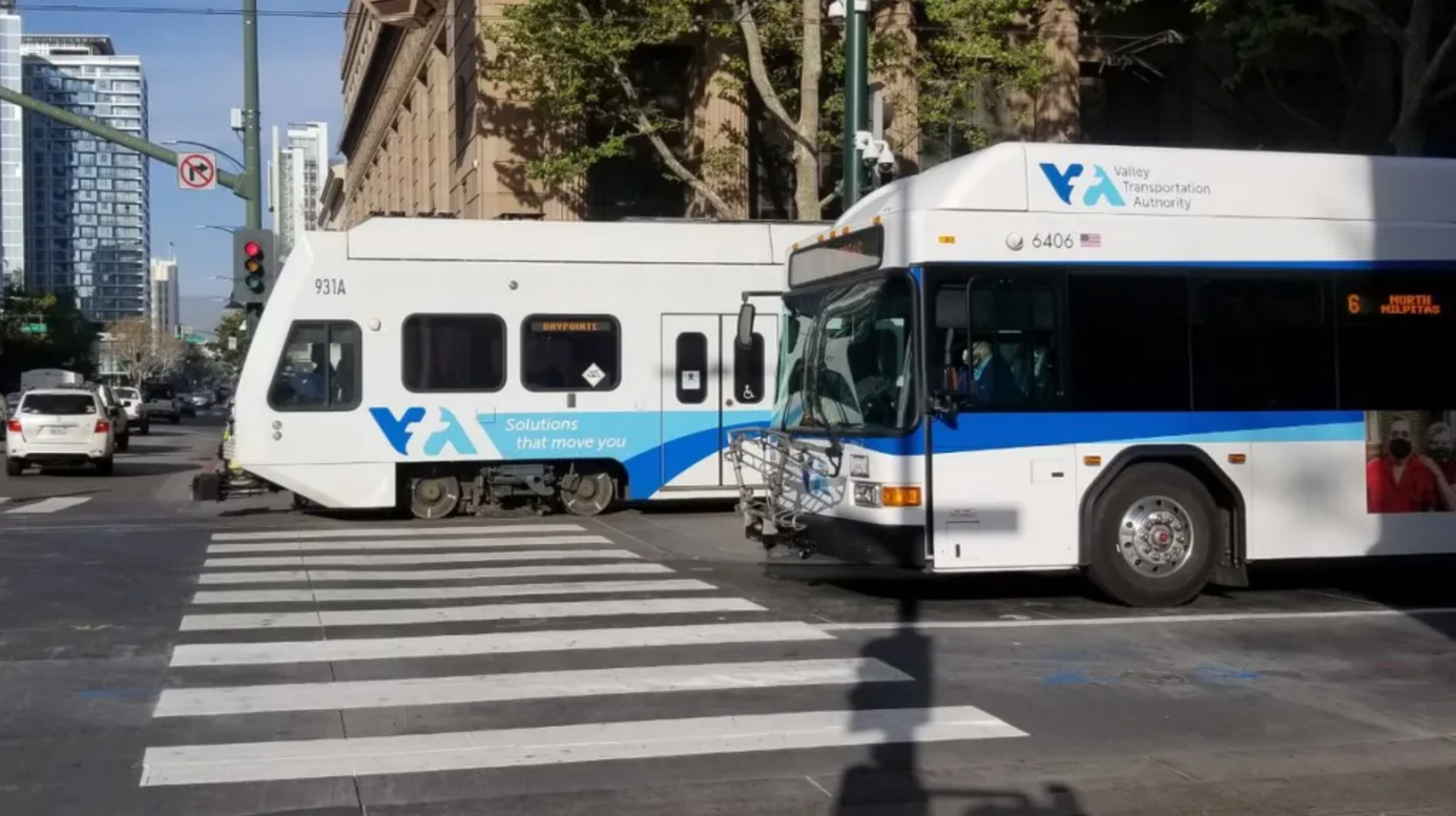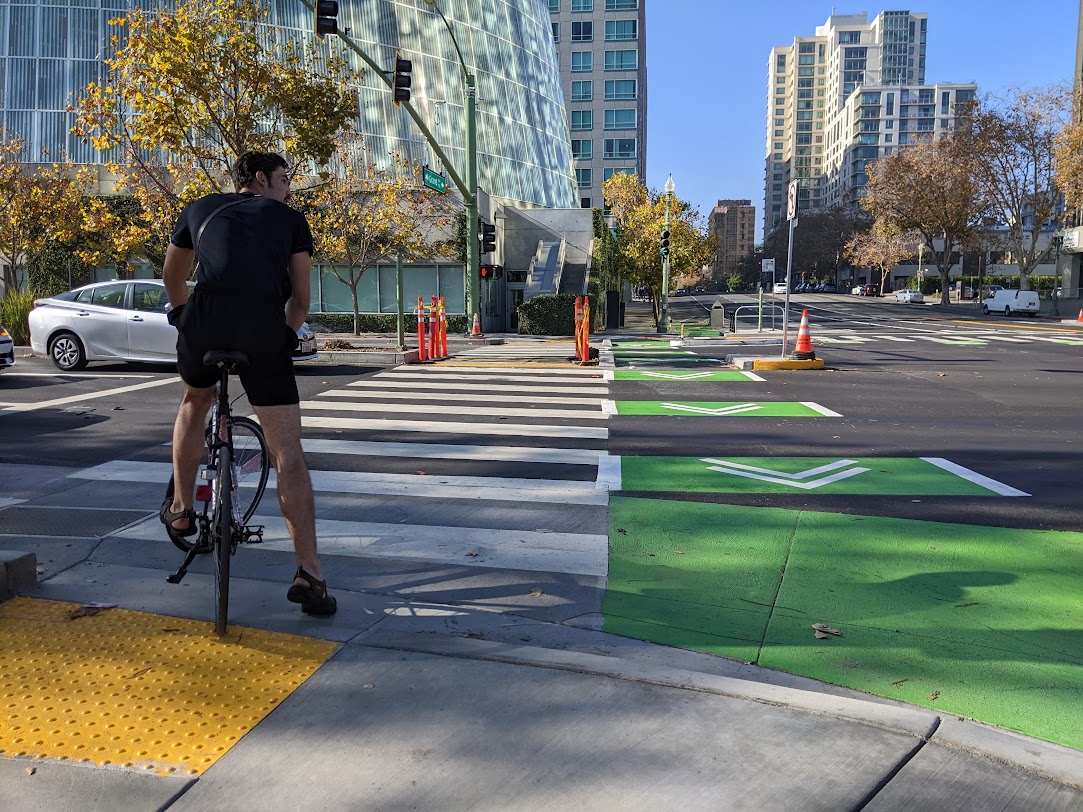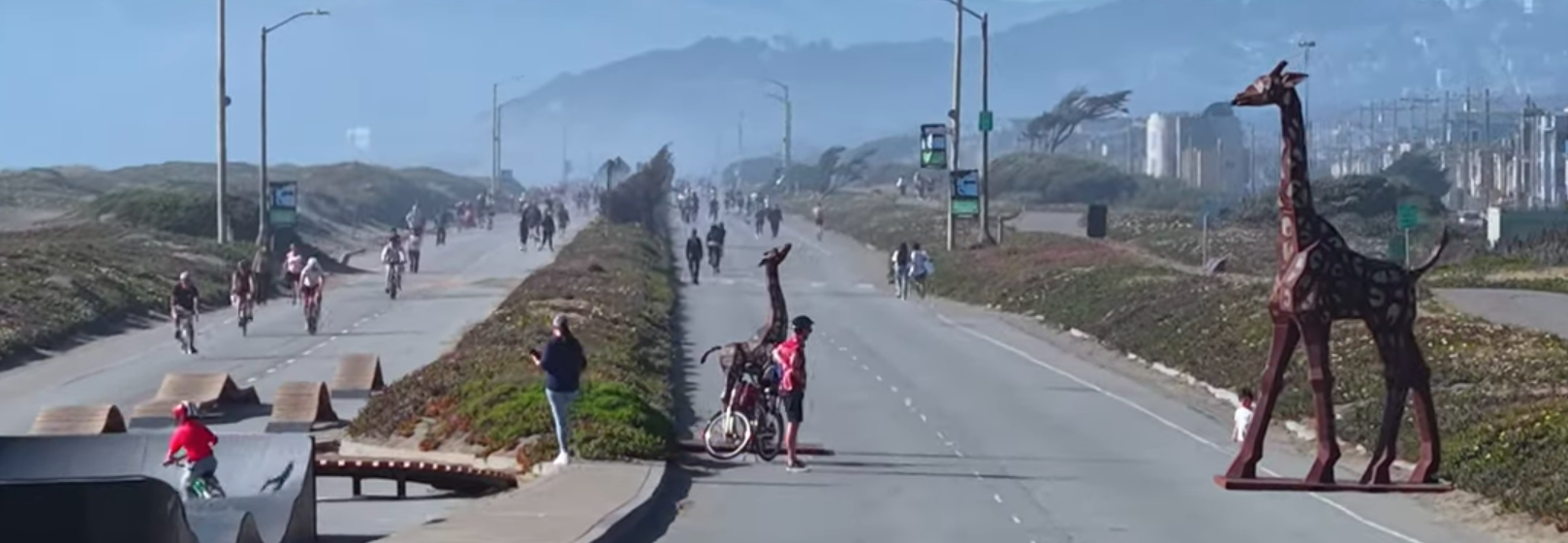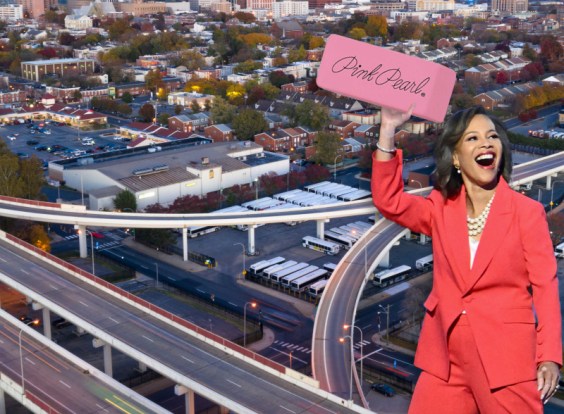For 17 days, 100,000 people living in the third richest county in America were left stranded, abandoned by a system designed for one task: to provide mobility in a society crippled by immobility. The 100,000 people are the daily riders of buses and trains in Santa Clara County, left without transportation as a result of a transit operator's strike demanding better wages in an increasingly unaffordable region. For many, this event was an afterthought. After all, 100,000 people is just 5 percent of the total population of this car-loving county. Most people got into their cars and got on with their lives.
As a sociology student and transit rider, I observed how the strike revealed underlying inequality. Yet public transit remains overlooked—not only as a tool for alleviating inequality, but also for understanding it.
In order to promote social mobility, we need to support physical mobility by investing in public transportation.
Physical mobility describes the movement of people between places, while social mobility describes the movement between different socio-economic statuses. In the United States, social mobility remains relatively low. People born in poverty remain stuck in poverty, while those born with wealth retain their level of wealth.
One of the ways public transit supports social mobility is its ability to move people of all socioeconomic statuses. Research has shown that a lack of transportation is a significant barrier to escaping poverty. Compared to driving, transit has a much lower barrier of entry, meaning anyone can get around regardless of background. A car may simply be unaffordable, or a person's age, disability, or undocumented status may prevent them from driving. Being able to move physically allows people to access education, jobs, healthcare, and form social connections, all things critical for social mobility.
While public transit offers a more equitable form of transportation, it's unrealistic to completely replace cars with transit. Driving does allow for greater freedom of mobility than transit. However, it is important to recognize that strengthening public transit benefits both drivers and transit users. By prioritizing public transit infrastructure, drivers benefit from reduced congestion when people who would otherwise be driving take transit instead. In addition, cities designed with public transit in mind are more compact, with higher-density developments putting residential, business, and education centers closer together. This reduces the physical isolation that often limits access to opportunity.
Skeptics often view public transit as dirty, unsafe, or a last resort form of transportation. This perception can often be explained by racism and classism. In the U.S, people of color and lower-income people make up the majority of transit riders. These groups rely on public transit for their livelihoods, yet officials neglect to adequately fund these systems. Because car ownership and suburban living are status symbols in American culture, public transit is seen as undesirable.
News media also play a role in reinforcing negative perceptions. They often focus on infrequent but sensationalized accounts of crime on public transit, while far more common traffic accidents and fatalities on roads are underreported. Even though driving is much more dangerous than public transit in terms of both crashes and crimes, reporting on rarer incidents is simply more eye-catching to readers. This media bias distorts public perception and erodes support for transit systems and the people who use them.
These misconceptions contribute to a system of social stratification. Public transit remains underfunded, ridership stagnates, and the perception of transit as undesirable persists. The upper class, intentionally or not, maintains this arrangement—keeping disadvantaged groups physically and socially separated and away from access to better opportunities.
Building strong public transit systems in America will be a difficult task. Our identity and infrastructure are deeply connected to car ownership. As a result, public transit receives less attention and funding than other social programs. But as wealth inequality grows and social mobility becomes more difficult, people without access to mobility will be left behind. The VTA strike highlighted this stark inequality, with thousands in one of America’s wealthiest counties left immobilized when transit workers demanded fairer wages.
We must recognize that public transportation is the most equitable and effective way to promote both physical and social mobility. Investing in it is not just about moving people—it's about removing barriers for equality.
***
Andy Luu is a senior engineering and sociology student at San Jose State University and a longtime Bay Area transit rider. He strives to understand and educate about the social benefits that public transit holds.





